Experiencing water damage in your home can be stressful and overwhelming. Whether it’s due to a burst pipe, a leaky roof, or a flooded basement, acting swiftly is crucial to minimize the extent of the damage and prevent further issues. This post will discuss the essential steps for water damage restoration. Following the steps provided by Premier Restoration Service, you can effectively address excess water damage in your home and restore it to its pre-damaged condition.
Ensure Safety First | Water Damage Restoration
Before starting any restoration work, prioritize safety. Identify any potential electrical hazards and turn off the power supply to the affected areas. Be cautious of slippery surfaces to avoid falls or injuries. If the damage is significant, it may be prudent to evacuate your home and seek professional assistance.
Assess the Damage
Once it is safe to enter the affected area, assess the extent of the water damage. Determine the origin of the water intrusion and take necessary steps to stop it if possible. Identify the affected materials, such as walls, floors, furniture, and personal belongings, and document the damage for insurance purposes.
Remove Standing Water
To prevent further damage:
- Remove any standing water from your home.
- Use a wet/dry vacuum or a pump to extract the water.
- Be thorough in your efforts to ensure that no hidden pockets of water remain, as they can cause mold growth and structural problems.
Dry and Dehumidify
After removing the standing water, thoroughly dry the affected areas and lower the humidity levels. Open windows, use fans, and employ dehumidifiers to aid in drying. Properly ventilate the space to allow air circulation and promote faster drying.
Salvage and Discard | Water Damage Restoration
Evaluate your belongings and decide which items can be salvaged or discarded. Upholstered furniture, carpets, and porous materials may need professional cleaning or replacement. Dispose of damaged items properly, following local regulations.
Disinfect and Prevent Mold Growth
Water damage can create an ideal mold growth environment, posing serious health risks. Clean and disinfect the affected areas with appropriate antimicrobial solutions to prevent mold and bacteria from spreading. Consult with professionals if the damage is severe or if you’re unsure about the appropriate cleaning methods.
Repair and Restore
Once the affected areas are thoroughly dry and disinfected, begin the repair and restoration process. This may involve replacing damaged drywall, repairing leaks, or refinishing surfaces. Seek professional assistance for complex repairs or consult with a water damage restoration company.
Knowing Proper Water Damage Restoration Techniques is Essential
Excess water damage in your home can be daunting. However, you can effectively restore your home and prevent further issues with the right steps. Remember to prioritize safety, assess the damage, remove standing water, dry and dehumidify, salvage or discard damaged items, disinfect to prevent mold growth, and repair and restore. If the damage is extensive or you are unsure about the restoration process, it’s advisable to seek professional help. By taking prompt action and following these steps for water damage restoration, you can successfully recover your home and ensure a safe living environment for you and your family.
Experience top-notch water damage restoration services with Premier Restoration Service. Our expert team, cutting-edge equipment, and extensive expertise guarantee a quick and comprehensive restoration process. Trust us for water extraction, drying, mold remediation, and repairs to restore your home to its pre-damaged state.
Contact us today!

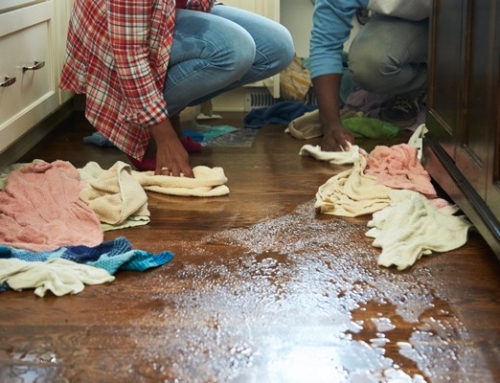
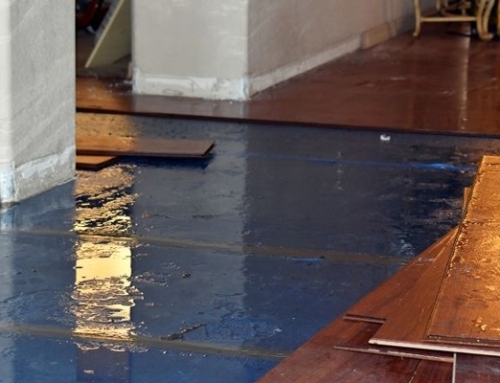

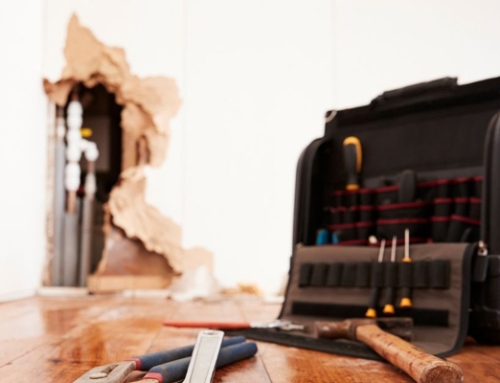
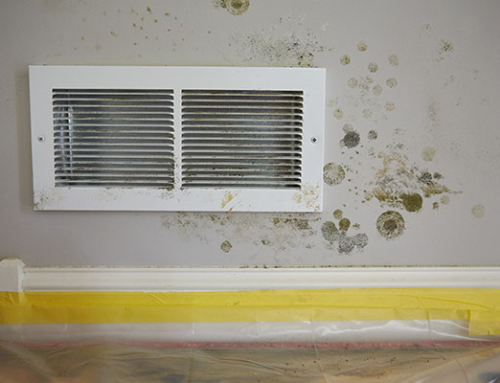
Leave A Comment